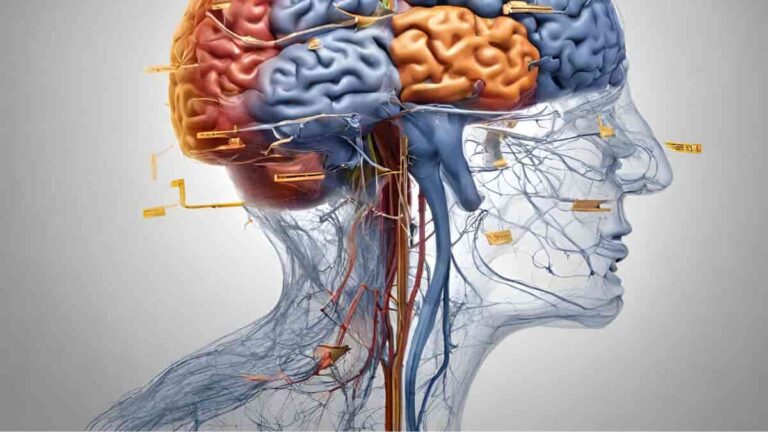Researchers have tested a core theory of Parkinson’s disease and found it lacking, which could have implications well beyond Parkinson’s disease itself. Parkinson’s disease affects around 10 million people worldwide, yet exactly how the disease and treatments for its symptoms work remain mysterious. The theory in question, known as the rate hypothesis, has it that…
Category: Neurology
Amyotrophic Lateral Sclerosis: Marking The Differences In Motoneurons
The world’s attention was focused on amyotrophic lateral sclerosis (ALS) recently with the death of Stephen Hawking. The famous physicist had a rare form of slowly progressing ALS that resulted in a gradual loss of motor function. Perhaps the experience of the disease is best conveyed by Hawking himself: “I have lived with the prospect…
Brain Lipid Accumulation May Be Early Sign of Parkinson
Elevated levels of certain types of fat molecules in the brain may be an early sign of Parkinson’s disease, a team of researchers at McLean Hospital, a Harvard Medical School affiliate, and Oxford University has found. The finding could have significant implications for identifying patients who may be at risk for developing Parkinson’s disease (PD)…
Hypermetabolism In ALS Linked With Shorter Survival
Increased metabolic use in patients with amyotrophic lateral sclerosis (ALS) has been linked to faster disease progression and reduced lifespan, University of Queensland researchers report. The finding, according to the UQ Centre for Clinical Research’s Dr. Frederik Steyn, reveals important information about how the body responds to ALS, and could hold clues to new approaches…
How Injuries Change Our Brain And How We Can Help It Recover
Injury to the adult brain is all too common. A brain injury will often show up on brain scans as a well-defined area of damage. But often the changes to the brain extend far beyond the visible injury. Changes in the brain also continue to evolve for many months after injury. Part of this is…
Human Teneurin2 Structure Resembles Bacterial Toxin
Teneurin, a protein that plays a key role in embryonic development and nervous system wiring in humans appears to have been borrowed from bacteria, scientists from the University of Chicago and Stanford University report. Proteins play a crucial role in helping cells communicate with each other. Teneurins sit on the surface of cells and bind…
Acrolein Promotes The Build-up Of Alpha-synuclein
The molecule acrolein has been identified as appearing to play an important role in the development of Parkinson’s disease, researchers at Purdue University report. The new finding could lead to therapies, potentially including drugs currently on the market, and it could facilitate earlier diagnosis and prevention of the neurological disorder. Parkinson’s disease is a chronic,…
Mild Traumatic Brain Injury Linked To Higher Parkinson's Risk
People diagnosed with a mild concussion, or mild traumatic brain injury, could have a 56 percent increased risk of developing Parkinson’s disease, according to a new study. Moderate to severe traumatic brain injury was defined as a loss of consciousness for more than 30 minutes, alteration of consciousness of more than 24 hours or amnesia…
ALS-linked Protein Clusters May Actually Protect Neurons
Protein clusters thought to be tied to amyotrophic lateral sclerosis (ALS) may actually protect, rather than harm, neurons. Autopsy studies of ALS patients often reveal the accumulation of large, fibrous aggregates of a protein called SOD1 in disease-affected motor neurons. Researchers have hypothesized that these fibrils are what kill neurons and cause ALS in some…
